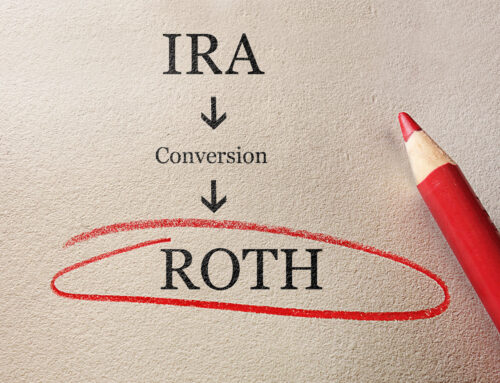If you are one of the more fortunate to receive a pension, there may be several different payout options, like a lump-sum payout, and understanding the pros and cons of each can make a significant difference in how your retirement unfolds.
A traditional pension, or annuity, means that you receive a fixed monthly amount for the rest of your life. An upfront payment, or lump-sum, means that you would receive all the money at once. Typically, the payout is roughly equivalent to the value of paying you an annuity over the rest of your lifetime. If the lump-sum option is offered by your company’s plan, it is likely because they have an incentive to get higher-cost, older employees to retire early or to reduce their administrative expenses and insurance premiums.
With available options, it is important to carefully consider several factors when deciding.
Flexibility – With a lump-sum, you choose what to do with the money now. As opposed to an annuity, in which you cede control of when and how much you want to receive. And, if you don’t need the money right away, you still receive the pension payments and therefore are required to pay income tax on it.
Health – If you or your spouse have significant health issues and do not have enough saved for anticipated medical expenses, then a lump-sum payout may be the right choice.
Discipline – If you did elect to take the lump-sum, you may be tempted to spend part or even all of it. A 2020 report by the Consumer Finance Protection Bureau found that retirees with monthly pension income were more likely to maintain their spending levels after five years compared to those that chose to take a lump sum. And with a lump sum, you have no guarantee that the money will last your lifetime.
Legacy – In most cases, these payments (or a portion) can pass on to your spouse after your death. However, quite often annuities will not provide benefits to other beneficiaries, such as children, unless you have a “period certain” option. If the pension is sizeable and you expect to have a remainder after you and your spouse’s death, then the lump-sum payout may be a better choice.
Life Expectancy – If you retired later in life or you and your spouse anticipate a lower life expectancy, then a lump-sum may be the correct option, because once you both pass, the pension typically ends.
Taxes – With a lump-sum, you may be able to reduce your tax liability, if for instance you rolled it into an IRA and then waited until you needed to begin your required minimum distribution (RMD), which assumes you’re in a lower tax bracket at that time. Otherwise, you would typically be paying ordinary income tax and a large one-time sum could push you into higher tax brackets.
Market Volatility – With an annuity, you are not concerned with the ups and downs of the market. However, with a lump-sum, how you choose to invest based on your risk tolerance and time horizon will have a clear impact. If you’re advanced in age, the lump-sum option will not provide the time to weather big market swings.
Inflation – Although with the annuity you’ll know for certain how much you will receive each month, inflation will continuously erode your spending power, unless there is a cost-of-living adjustment (COLA) included, which means the payments will increase due to inflation, something you typically see with state and local government pensions.
Company’s Future – If you believe that the financial stability of the company’s future is at risk or it operates in a volatile sector, then you will want to take that into consideration. In the case of bankruptcy, there is often protection provided by the Pension Benefit Guarantee Corporation (PGBC), however there are limits of the annual amount paid.
Health Insurance – In some instances, taking the lump sum can trigger the loss of company-sponsored health care coverage.






















